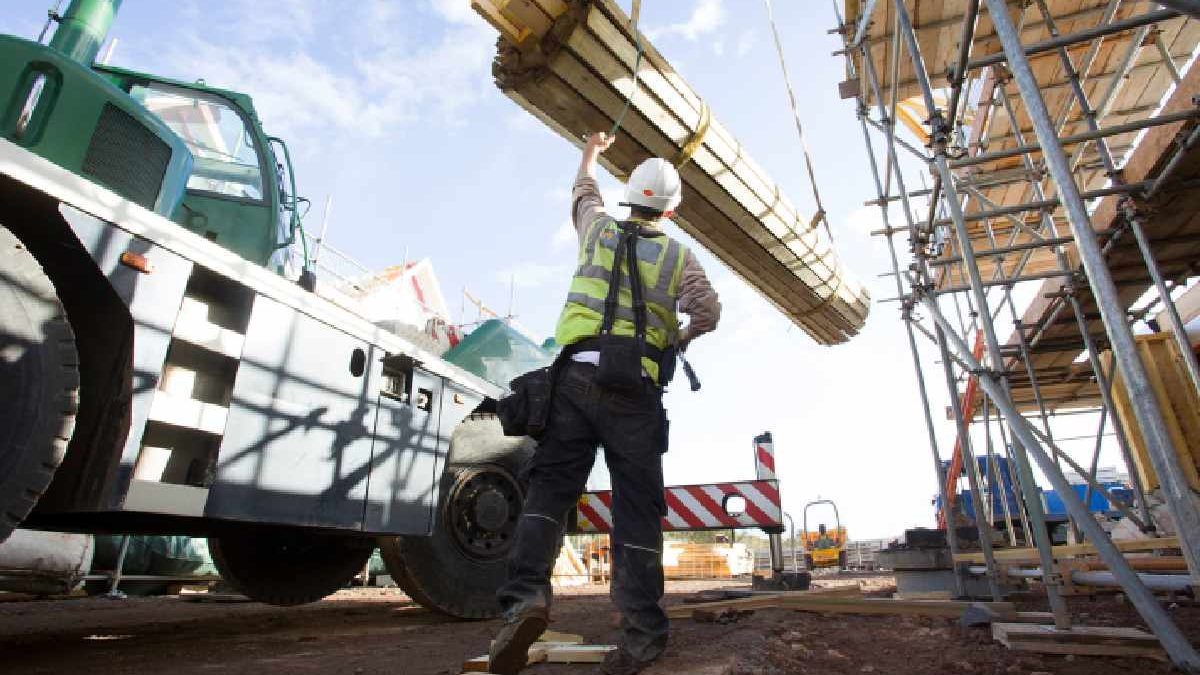In building operations, going beyond the basics and delving into advanced terminology can unlock new levels of efficiency and effectiveness. Expanding your knowledge of advanced building operations terminology gives you insights into sophisticated concepts and strategies that drive optimal performance, sustainability, and innovation.
In this blog, we explore advanced building operations terminology that goes beyond the fundamentals, equipping you with the tools to take your operational efficiency to the next level. Understanding the BuildOps glossary will empower you to optimize building performance, streamline operations, and stay ahead of the curve in the ever-evolving world of building operations.
Here are some of the advanced building operations terminologies:
Predictive Maintenance
Predictive maintenance is an advanced strategy that uses data analytics and machine learning to anticipate and prevent equipment failures. It enables proactive maintenance scheduling, reducing downtime and optimizing maintenance costs by monitoring equipment performance and analyzing data patterns. It helps prioritize maintenance activities based on actual equipment condition, maximizing efficiency and minimizing disruptions.
Energy Modeling
Energy modeling involves using computer simulations and advanced software to analyze and optimize a building’s energy performance. It enables professionals to simulate and evaluate different design and operational scenarios, identifying opportunities for energy efficiency improvements. Energy modeling considers building orientation, insulation, HVAC systems, and lighting to assess energy consumption and inform the design and operational decisions that minimize energy usage and carbon footprint.
Net Zero Energy Buildings
Net zero energy buildings (NZEBs) are designed and operated to produce as much energy as they consume over a given period. These advanced buildings leverage renewable energy sources, energy-efficient systems, and innovative technologies to minimize energy demand and maximize on-site energy generation. Achieving net-zero energy status involves a comprehensive design, construction, and operations approach, emphasizing energy conservation and renewable energy integration.
Integrated Workplace Management System (IWMS)
An IWMS is an advanced software solution that integrates various aspects of building operations, including facility management, real estate portfolio management, space management, maintenance, and more. IWMS platforms enable centralized data management, streamlined workflows, and data-driven decision-making. An IWMS enhances efficiency, improves resource allocation, and supports strategic planning and performance optimization by providing a holistic view of facility operations.
Green Building Certification
Green building certification programs, such as LEED (Leadership in Energy and Environmental Design), assess a building’s sustainability performance based on energy efficiency, water conservation, indoor environmental quality, and materials selection criteria. Understanding the terminology associated with green building certification enables professionals to pursue sustainability goals, meet regulatory requirements, and implement sustainable practices that enhance efficiency and reduce environmental impact.
Building Analytics
Building analytics involves using advanced tools and algorithms to analyze data collected from various building systems and sensors. This data-driven approach enables professionals to identify patterns, anomalies, and optimization opportunities related to energy consumption, equipment performance, occupant comfort, and more. Building analytics provides actionable insights for continuous improvement, enabling data-based decision-making to enhance efficiency and operational performance.
By familiarizing yourself with these advanced building operations terminologies, you can elevate your efficiency, sustainability, and innovation efforts. Understanding and applying these concepts allows for proactive maintenance, optimized energy performance, enhanced indoor environmental quality, and informed decision-making. By leveraging advanced strategies and technologies, you can achieve next-level efficiency in building operations, creating sustainable, high-performing spaces and responsive to occupants’ needs.


